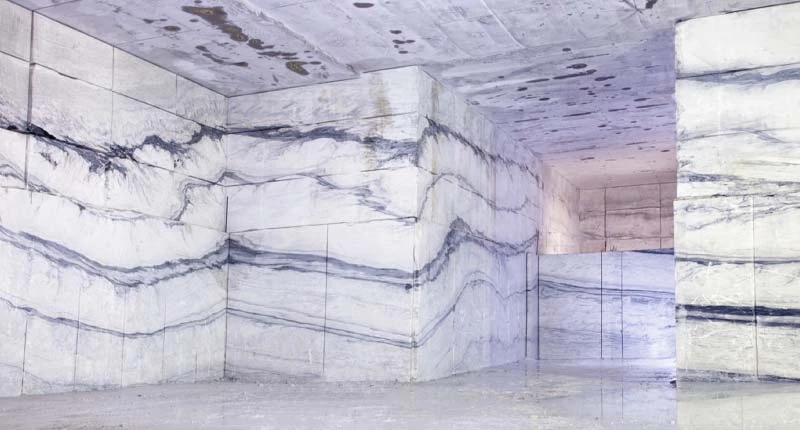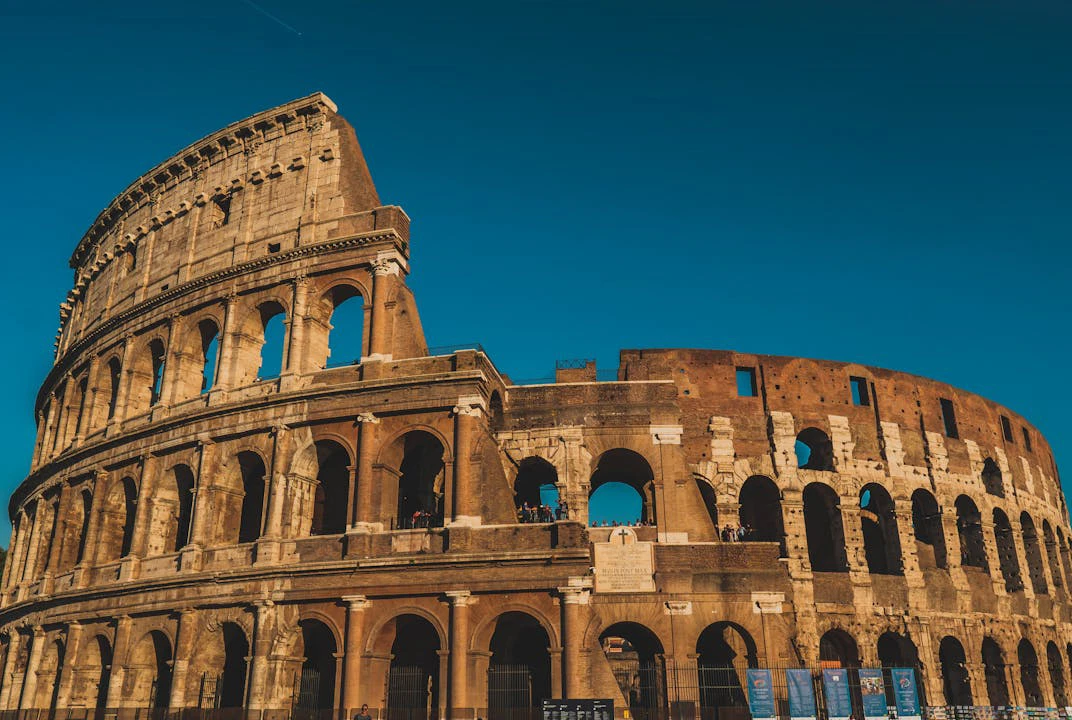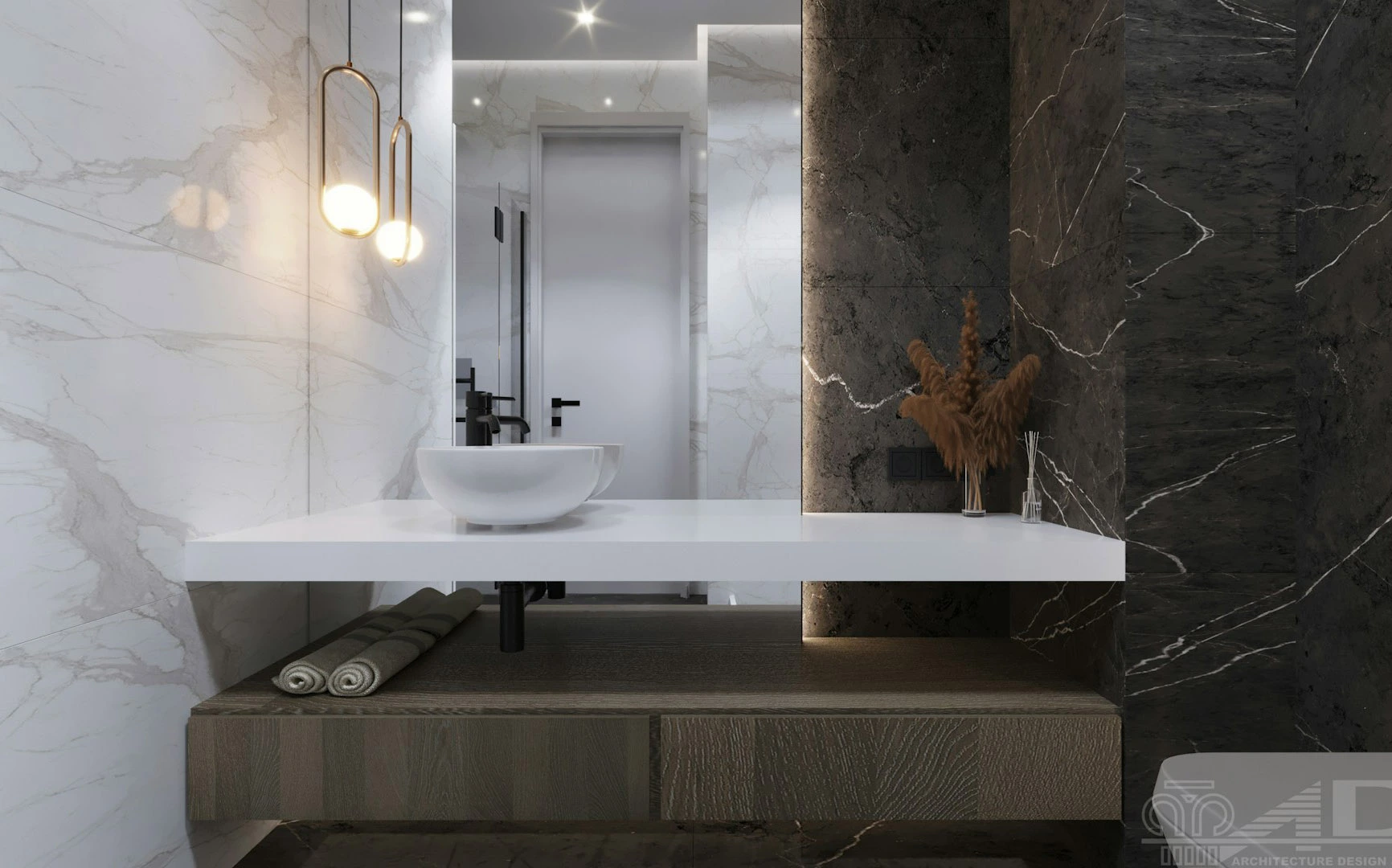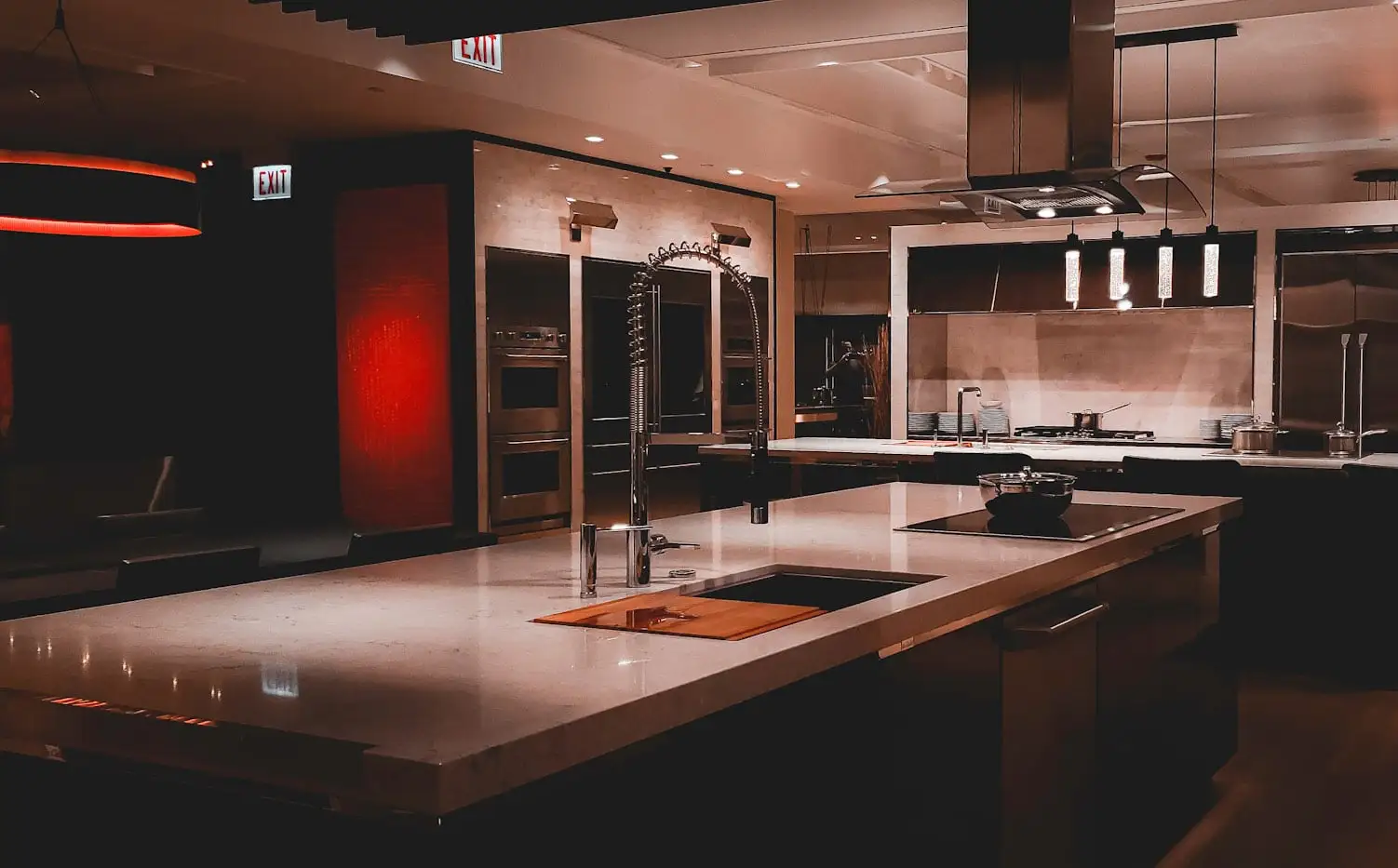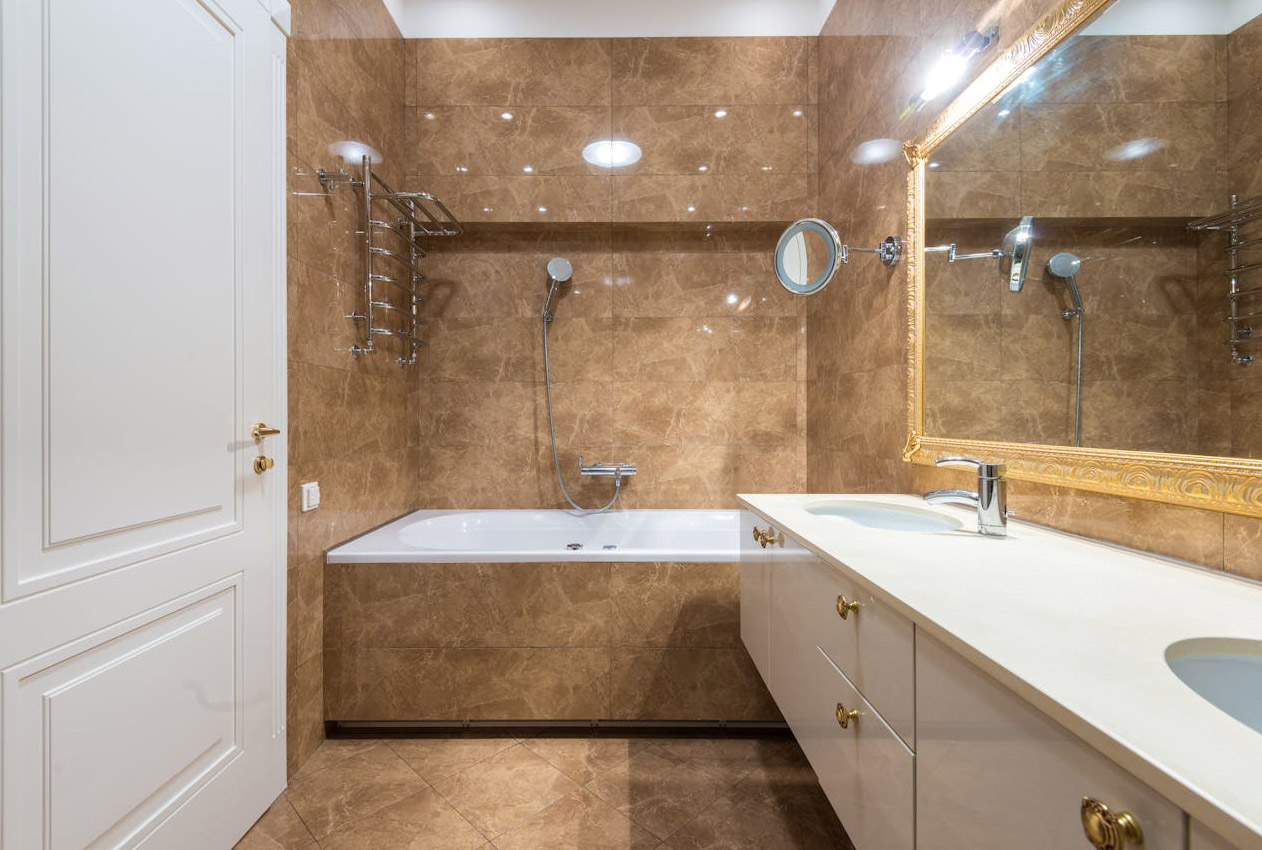When we think of ancient Rome, we often picture towering columns, domed ceilings, and expansive forums—all gleaming with the elegance of marble. Marble in Roman architecture wasn’t just a construction material; it was a symbol of power, permanence, and artistic excellence. From the Pantheon to the Roman Forum, marble helped define the grandeur of an empire that still inspires modern architecture today.
🏔️ The Origins: Marble Before Rome
Before the Romans made marble iconic, it was used by earlier civilizations like the Greeks and Etruscans. However, the Romans elevated its use from regional construction to a defining hallmark of imperial identity.
Greek Influence: Romans were heavily influenced by Greek marble architecture, especially in temple design and sculptural techniques.
Local and Imported Stone: Italy was rich in marble deposits—Luni (Carrara marble) became one of the most famous quarries, while imported marbles from Greece, Egypt, and North Africa added exotic flair.
🏗️ How Marble Transformed Roman Architecture
1. Symbol of Wealth and Power
Marble was initially reserved for the wealthiest citizens and public structures funded by emperors. The ability to use rare marble from across the empire was a political and architectural flex.
2. Structural and Decorative Use
Romans pioneered techniques to use marble both structurally and decoratively:
Structural columns and architraves
Cladding over concrete cores
Mosaic floors and inlaid wall panels
Sculptures, busts, and fountains
3. Engineering Feats
Using marble in domes and ceilings, like in the Pantheon, showcased the Romans’ mastery in blending beauty with engineering.

🧱 Types of Marble Used in Ancient Rome
| Marble Type | Origin | Usage in Roman Architecture |
|---|---|---|
| Carrara Marble | Luni, Italy | Temples, Sculptures, Monuments |
| Pavonazzetto | Phrygia (Turkey) | Decorative panels, Columns |
| Giallo Antico | Tunisia | Mosaics, Flooring |
| Rosso Antico | Greece | Statues, Decorative accents |
| Porphyry | Egypt | Imperial statues, Columns |
🏛️ Iconic Roman Structures Built with Marble
✅ Pantheon
Built in 113–125 AD by Emperor Hadrian
Features Corinthian columns of Egyptian granite and marble-clad interiors
A perfect example of how marble added prestige to sacred spaces
✅ Roman Forum
Political and commercial heart of Rome
Temples and basilicas used white marble from Carrara and colored marbles from across the empire
✅ Temple of Jupiter Optimus Maximus
One of the earliest examples of marble-clad temples
Signified the shift from terracotta and wood to enduring marble structures
✅ Trajan’s Column
A masterpiece of marble sculpture narrating Roman military conquests
Carved entirely from Carrara marble
🏛️ Why Marble Mattered in Rome
Imperial Branding: The spread of marble buildings was a visual tool to stamp Roman authority.
Cultural Identity: Marble reflected the Romans’ desire to align with classical Greek ideals of beauty and proportion.
Longevity: Marble was meant to last—and much of it has, making it one of the few ancient materials that stands intact today.
The legacy of marble in Roman architecture lives on in neoclassical buildings around the world—from the U.S. Capitol to the Vatican.


 Related Reads on Stoneman Magazine:
Related Reads on Stoneman Magazine: